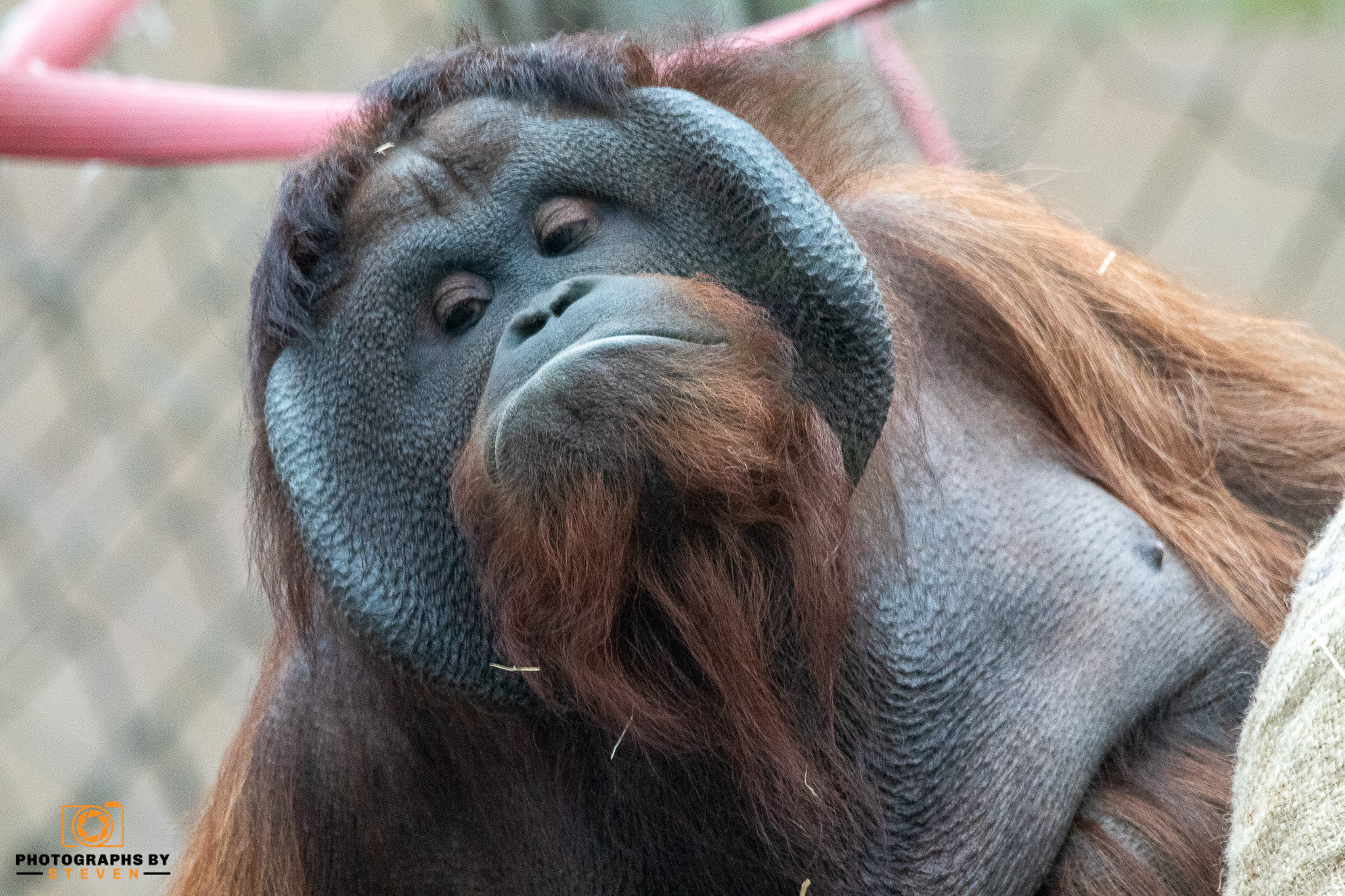Whether you're a beginner or a pro, Wildlife photography is a great way to get outside and enjoy nature while honing your photographic skills.
Modern smartphone cameras are frequently packed with valuable features and frequently feature multi-lens setups that rival a DSLR camera. If you want to record sightings with your smartphone, you can now capture excellent wildlife photography with just your phone. Because a DSLR or an expensive lens can be challenging to obtain, we've compiled a list of tips and methods for using a smartphone camera to explore and capture the natural world.
What exactly is wildlife photography?
Wildlife photography is a genre that focuses on capturing photos of many wildlife species in their natural habitats. Wildlife photographers make a living by traveling to the most remote locations to photograph wild animals in their natural habitat.
It is a complicated and expensive type of photography that necessitates a great deal of patience and dedication from a professional photographer with a passion for wildlife.
Is it possible to take wildlife photos with your phone?
Yes, technically. Is it perfect? Most likely not. However, the right mobile camera can do the job uniquely.
Of course, photographing a lion from a distance with a dedicated camera would be preferable to approaching one up close. But that doesn't mean you can't take a picture of a lion with your phone.
Mobile photography has improved dramatically due to technological advancements and computational photography in just a decade.
Phones, for example, can now zoom in optically without significantly degrading the image. As a result, you can now photograph dangerous wildlife from a safe distance.
Tips for photographing wildlife with your phone
If you're out in nature or near wildlife and want to capture some photos with your smartphone, here are some valuable tips to help you obtain perfect photographs.
1. Maintain discretion
Even though the environment is full of curious, indifferent, and downright dangerous animals, others can be rather shy. The slightest sound or sighting can startle them and cause them to flee. As a result, it's best not to draw attention to oneself. This includes turning off the shutter sound on the camera.
Although it may scare the animals away, discretion is beneficial for capturing candid photos of animals interacting with one other and their surroundings. Of course, this is dependent on where you are and the animals you will be photographing.
2. Get to know your smartphone camera
Take some time to study the cell phone camera you'll be using. Is your camera capable of capturing images with a high dynamic range (HDR)? This feature can be enabled in your settings to capture more detail in the image's shadows and highlights. The burst mode setting, which captures multiple photographs at once, can be helpful when photographing a fast-moving animal.
3. Get as close as possible, but not too close
It is preferable to get closer to the subject rather than zoom in with most phone cameras. When you zoom closer, your image may get hazy, and detail may be lost.
Keep in mind that it's usually a good idea to double-check whether it's safe to get closer when photographing wildlife. Even a few millimetres back can create a crisper image as your camera readjusts. However, if your topic appears unclear on your screen, you may be too close to it.
4. Keep an eye on the light
Because photography means 'writing in light,' you should pay close attention to this aspect. Because mobile phones typically struggle in low-light situations, use natural light wherever and whenever you can. You can wind up with grainy or blurry photographs if you don't.
Photographing in harsh light in the middle of a sunny day is equally tricky. The sun's rays will cast dramatic, harsh shadows in your photograph. On overcast days, instead, take advantage of gentle, steady light.
5. Make sure your camera is stable
Whether you use a telephoto lens or zoom in optically (or even digitally, which you should avoid), one thing is constant: the closer you zoom in, the shakier your image becomes.
So, if you're going to zoom in, you'll need to make sure your phone is steady.
Usually, if your hands are steady enough, you can hold your phone still when capturing wide images with a wide-angle lens and a quick shutter speed. Otherwise, you'll need to find a flat surface to rest your phone on to avoid blurry images.
Investing in a camera support system is best to keep your phone stable. The tripod and its various variations are the most common.
6. Be quick and patient
Animals, especially wild animals, are highly unpredictable. You must keep your wits about you if you want to take good photos. Anything can happen at any time, so you must be quick enough to capture the moment before it passes. And once it's gone, it's probably gone forever.
If you want to photograph an animal doing something specific, you may have to wait for that moment to occur. And if you're familiar with the animal's behaviour, you might be able to predict what to expect and when.
The majority of the time, animals do nothing. You'll have to be ready and wait if you want to catch them in action.
Are you starting out as a photographer? Why not take a look about how to get started as a photographer in 2022.



Leave me a comment
Thank you for reading my post, if you want to leave a comment, you can do so below.